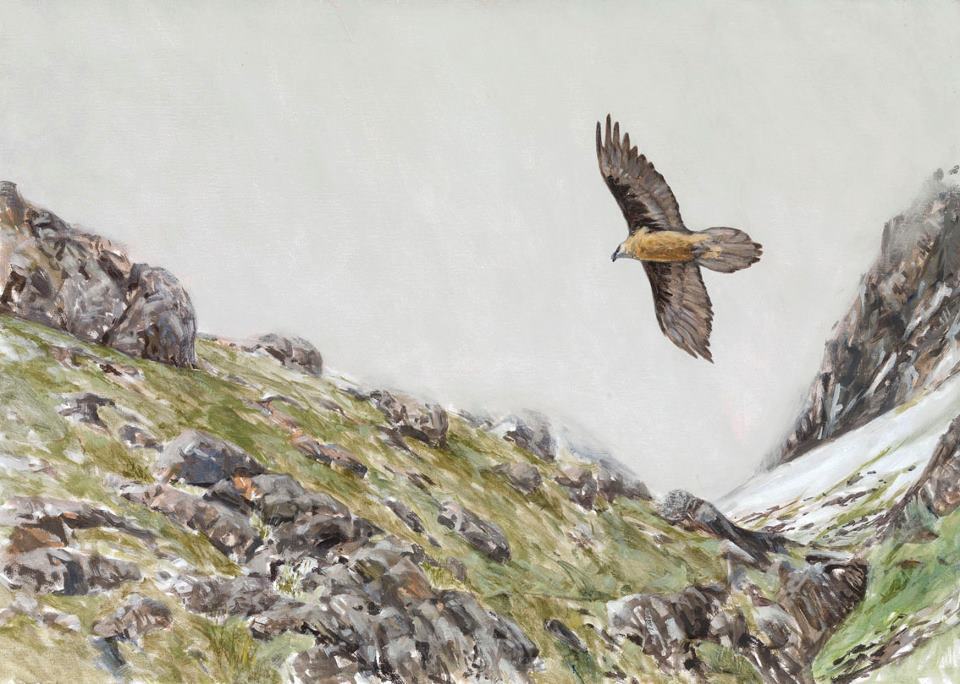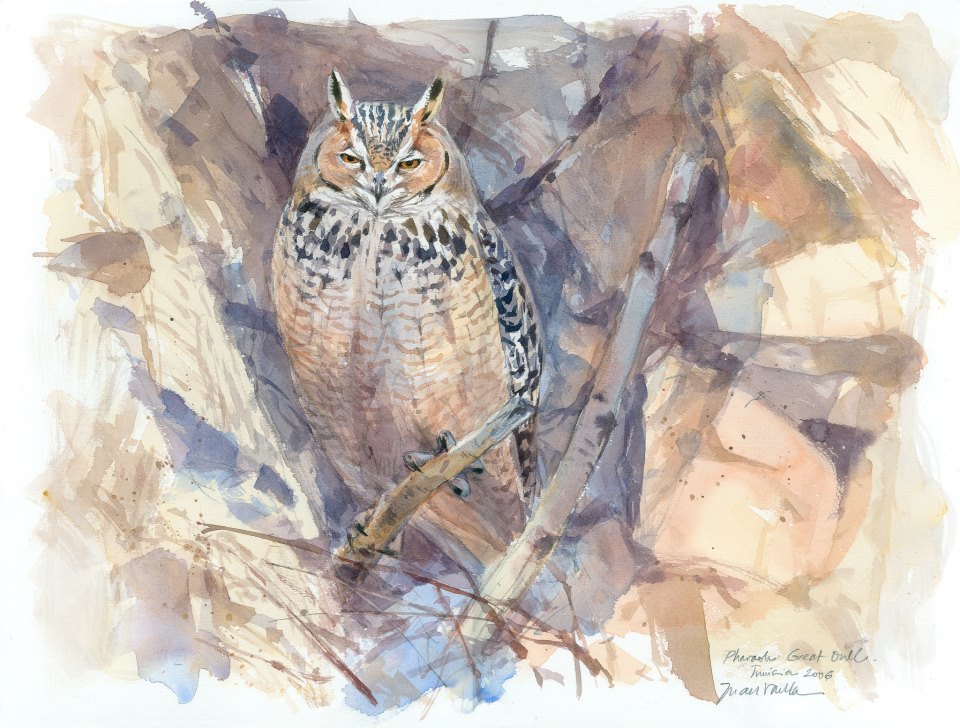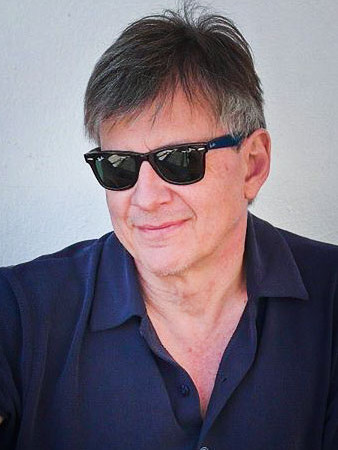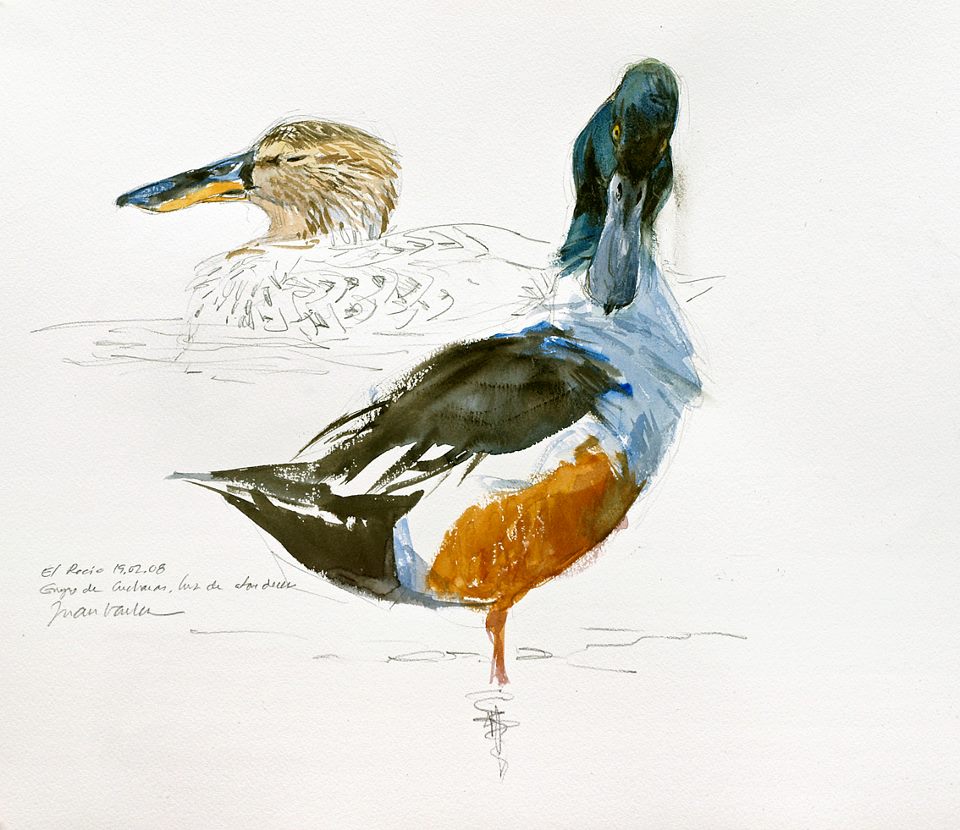Fifteen wildlife art painters and sculptors show us through their 40 works the best of nature art in Spain. We’ve talked to Juan Varela, the curator of the exhibition Wildlife Art Cáceres 2015, open until 31th May in that Spanish city.
From 15th to 31 May, the visitor of the fifth edition of Wildlife Art Cáceres can appreciate birds, mammals and plants portrayed by Spanish artists who work with stone, watercolours, wrought iron, bronze, wood, oil and acrylic.
The exhibition, an annual event organized by the General Administration of Tourism in Cáceres within the Bird Festival, is located in Palacio de Toledo-Moctezuma.
“These are some of the best Spanish nature artists”, says Juan Varela, curator of the exhibition since its first edition. They have drawn and painted animals in nature, in their own habitats, through direct observation.
“I’ve made a selection of the proposals that artists have sent me. I want the exhibition to be as varied as possible, in technics and styles”, he said to Wilder. (You can see here the exhibition catalog).
Nowadays there are few nature art exhibitions in Spain. “So, this annual event in Cáceres is very important.”
Juan Varela was born 65 years ago, “probably with a pencil in one hand”, he likes to say. “I paint since I was a child”, he tells Wilder. “In the beginning the colour pencils were my tools. Latter I’ve learnt how to use watercolours and oil. All by myself, because my academic career is Biology.”
Today, Varela draws every single day. Especially birds. “I use watercolour for sketching in the field and also on my atelier and also other technics, such as oil, acrylic, pastel, and so on.”
His career as an artist has begun in 1976 as a collaborator of the famous Spanish naturalist Felix Rodríguez de la Fuente (1928-1980). “I´ve started my professional career as an illustrator for the Fauna Ibérica (Iberian Fauna) encyclopaedia and have participated in all his projects until his death”, Varela says. He owes a lot to that naturalist. “My collaboration with him has guided my career, since I began to abandon my work as a biologist to concentrate in art.”
Until now, Varela has published 18 books, some of them are field nature guides for birds and mammals. Also, he is the representative of Artist for Nature Foundation in Spain.
He believes drawing nature has a role in conservation. “In order to appreciate nature and to protect it, it’s necessary to know nature. And when we paint it we are getting closer to it. There is no better work of art then nature.”
[divider type=”thin”]Now it’s your turn. Here is what Juan Varela has to say to all the beginners in wildlife art.
Work directly in nature. By using photographs you don’t get to learn anything about animals’ anatomy or their relation with their habitat. The photography is only to help understand some detail or to find composition solutions. To observe animals in their environment with a pencil and a sketchbook is the best school of wildlife art there is.






